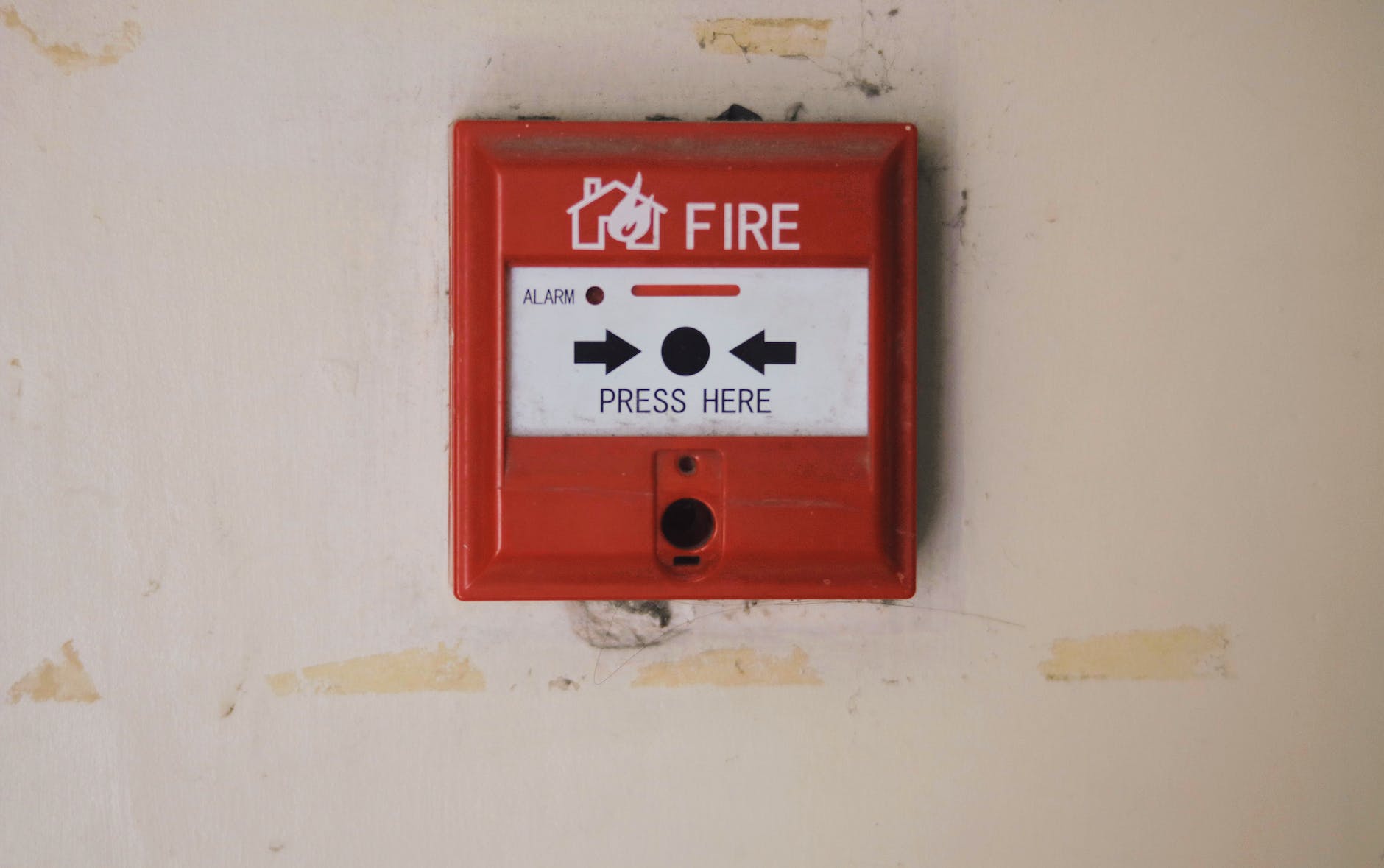
Fire Detection System: Ensuring Safety Through Advanced Technology
In our ever-evolving world, safety remains a paramount concern, and one area that has seen significant advancements is fire detection systems. These systems play a crucial role in safeguarding lives and property by providing early warnings of potential fire hazards. This article will delve into the intricacies of fire detection systems, their types, working principles, benefits, and their pivotal role in modern safety measures.
Introduction
Fire incidents can be catastrophic, causing irreparable damage and loss of life. A fire detection system acts as a vigilant guardian, tirelessly monitoring its surroundings for any signs of fire. By providing early alerts, these systems empower individuals to take swift actions that could potentially save lives and property.
Types of Fire Detection Systems
Smoke Detectors
Smoke detectors are perhaps the most recognizable component of fire detection systems. They operate by sensing the presence of smoke particles in the air, often utilizing photoelectric or ionization technology.
Heat Detectors
Heat detectors, on the other hand, respond to a rapid increase in temperature, which is a common precursor to a fire. These detectors can be particularly effective in areas prone to smoky or dusty conditions, where smoke detectors might yield false alarms.
Flame Detectors
Flame detectors are designed to identify the presence of flames, regardless of the presence of smoke. They use various methods, such as UV, IR, and multispectral detection, to swiftly respond to the visual and infrared signatures of a fire.
Multi-Sensor Detectors
Multi-sensor detectors combine the capabilities of different detection methods, such as smoke, heat, and gas detection. This integrated approach enhances the accuracy and reliability of fire detection.
How Fire Detection Systems Work
Fire detection systems rely on a combination of sensing elements, alarm notification methods, and integration with other safety systems.
Sensing Elements
The sensing elements in these systems are tailored to the specific type of detector. For instance, smoke detectors utilize photoelectric chambers that detect light scattering, while heat detectors incorporate elements that expand with heat.
Alarm Notification
When a potential fire hazard is detected, the system activates alarms, which can include auditory alerts, visual indicators, and even automated notifications to emergency services.
Integration with Other Systems
Modern fire detection systems often integrate with other safety systems like sprinklers and emergency lighting. This interconnected approach ensures a comprehensive response to emergencies.
Benefits of Installing Fire Detection Systems
Early Fire Detection
The primary advantage of fire detection systems is their ability to detect fires at an early stage, minimizing the time between ignition and response.
Minimized Property Damage
Swift detection and timely response help in reducing property damage, as fires can be contained or extinguished before they spread.
Enhanced Safety Measures
The presence of a fire detection system enhances overall safety by providing actionable alerts, enabling safe evacuation and preventing potential hazards.
Importance in Residential Spaces
Family Safety
In residential settings, fire detection systems offer peace of mind by safeguarding families from the dangers of fire accidents.
Property Protection
These systems also protect property investments, giving homeowners a sense of security against fire-related losses.
Crucial Role in Commercial and Industrial Settings
Employee Safety
In commercial and industrial environments, fire detection systems ensure the safety of employees, allowing them to work with confidence.
Business Continuity
For businesses, these systems are crucial for maintaining operations and preventing costly disruptions caused by fires.
Innovations in Fire Detection Technology
Artificial Intelligence
Recent advancements in AI have enabled fire detection systems to differentiate between actual fire threats and false alarms with higher accuracy.
IoT Integration
The Internet of Things (IoT) has enabled remote monitoring of fire detection systems, providing real-time updates and control.
Remote Monitoring
Remote monitoring capabilities allow property owners and authorities to stay connected to the status of the system at all times.
Considerations for Installation
Placement
Proper placement of detectors is vital for their effectiveness. They should be strategically positioned in areas prone to fire hazards.
Maintenance
Regular maintenance and testing are essential to ensure the system’s reliability. Batteries, sensors, and alarms should be routinely checked.
Conclusion
Fire detection systems stand as a testament to the power of technology in safeguarding lives and property. Their evolution from simple smoke detectors to sophisticated multi-sensor systems reflects our commitment to creating safer environments. By embracing innovations and taking proactive measures, we can significantly reduce the impact of fire incidents on our lives and the places we value.
Frequently Asked Questions (FAQs)
- What is the primary purpose of a fire detection system?
- The primary purpose of a fire detection system is to identify potential fire hazards at an early stage and provide timely alerts to prevent further escalation.
- How do smoke detectors differ from heat detectors?
- Smoke detectors primarily sense the presence of smoke particles, while heat detectors respond to rapid temperature increases, which often accompany fires.
- Can a fire detection system be integrated with a home automation system?
- Yes, modern fire detection systems can be integrated with home automation systems, allowing for coordinated responses and enhanced safety measures.
- Are there fire detection systems designed for specific industries?
- Yes, there are specialized fire detection systems designed to cater to the unique needs of various industries, such as manufacturing, healthcare, and hospitality.
- How often should a fire detection system be tested and maintained?
- It is recommended to test and maintain a fire detection system at least once every six months to ensure its proper functioning and reliability.
























